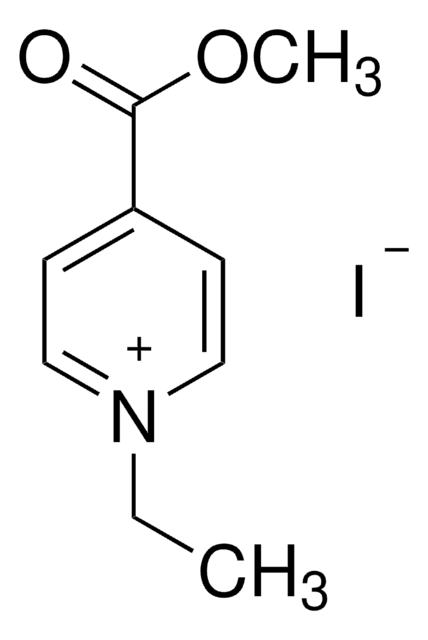34150
1,12-Dibromododecane
purum, ≥97.0% (GC)
Synonym(s):
Dodecamethylene dibromide
Sign Into View Organizational & Contract Pricing
All Photos(1)
About This Item
Linear Formula:
Br(CH2)12Br
CAS Number:
Molecular Weight:
328.13
Beilstein/REAXYS Number:
1742763
EC Number:
MDL number:
UNSPSC Code:
12352100
PubChem Substance ID:
Recommended Products
grade
purum
assay
≥97.0% (GC)
bp
215 °C/15 mmHg (lit.)
mp
38-42 °C (lit.)
38-42 °C
solubility
dioxane: soluble 0.5 g/5mL, clear, colorless
SMILES string
BrCCCCCCCCCCCCBr
InChI
1S/C12H24Br2/c13-11-9-7-5-3-1-2-4-6-8-10-12-14/h1-12H2
InChI key
ZJJATABWMGVVRZ-UHFFFAOYSA-N
Looking for similar products? Visit Product Comparison Guide
General description
1,12-Dibromododecane is an α,ω-dihaloalkane and its crystal structure has been described.
Application
1,12-Dibromododecane was used in synthesis of azobenzene isothiouronium salts of different alkyl chains (dodecyl) via reaction with 4-((4-methylphenyl)azo)phenol. It was also used in preparation of novel tboc-protected ionenes with molecular weight exceeding 30kDa.
replaced by
Product No.
Description
Pricing
Storage Class
13 - Non Combustible Solids
wgk_germany
WGK 3
flash_point_f
235.4 °F - closed cup
flash_point_c
113 °C - closed cup
ppe
Eyeshields, Gloves, type N95 (US)
Choose from one of the most recent versions:
Already Own This Product?
Find documentation for the products that you have recently purchased in the Document Library.
A M Badawi et al.
Bioorganic & medicinal chemistry, 14(24), 8661-8665 (2006-09-16)
A novel series of azobenzene isothiouronium salts of different alkyl chains (propyl, hexyl and dodecyl) were synthesized by reaction of 4-((4-methylphenyl)azo)phenol with 1,3-dibromopropane, 1,6-dibromohexane and 1,12-dibromododecane, respectively. These salts were reacted with copper (II) halide to give their corresponding metallo
The crystal and molecular structure of 1, 12-dibromododecane, C12H24Br2.
Kulpe S, et al.
Kristall und Technik, 16(3), 349-356 (1981)
Sean M Ramirez et al.
Macromolecular bioscience, 9(11), 1127-1134 (2009-07-29)
Novel tboc-protected ionenes with M(w) exceeding 30 kDa were prepared from the step-growth polymerization of tert-butyl bis[3-(dimethylamino)propyl]carbamate and 1,12-dibromododecane. The protected ionenes yielded pH-sensitive, protonatable ionenes with pK(a) approximately 6.6 for the conjugate acid of the protonated secondary amine. Polyplexes
Xin Jiang et al.
Cell, 183(1), 258-268 (2020-08-30)
Plasmodium species, the causative agent of malaria, rely on glucose for energy supply during blood stage. Inhibition of glucose uptake thus represents a potential strategy for the development of antimalarial drugs. Here, we present the crystal structures of PfHT1, the
Our team of scientists has experience in all areas of research including Life Science, Material Science, Chemical Synthesis, Chromatography, Analytical and many others.
Contact Technical Service








